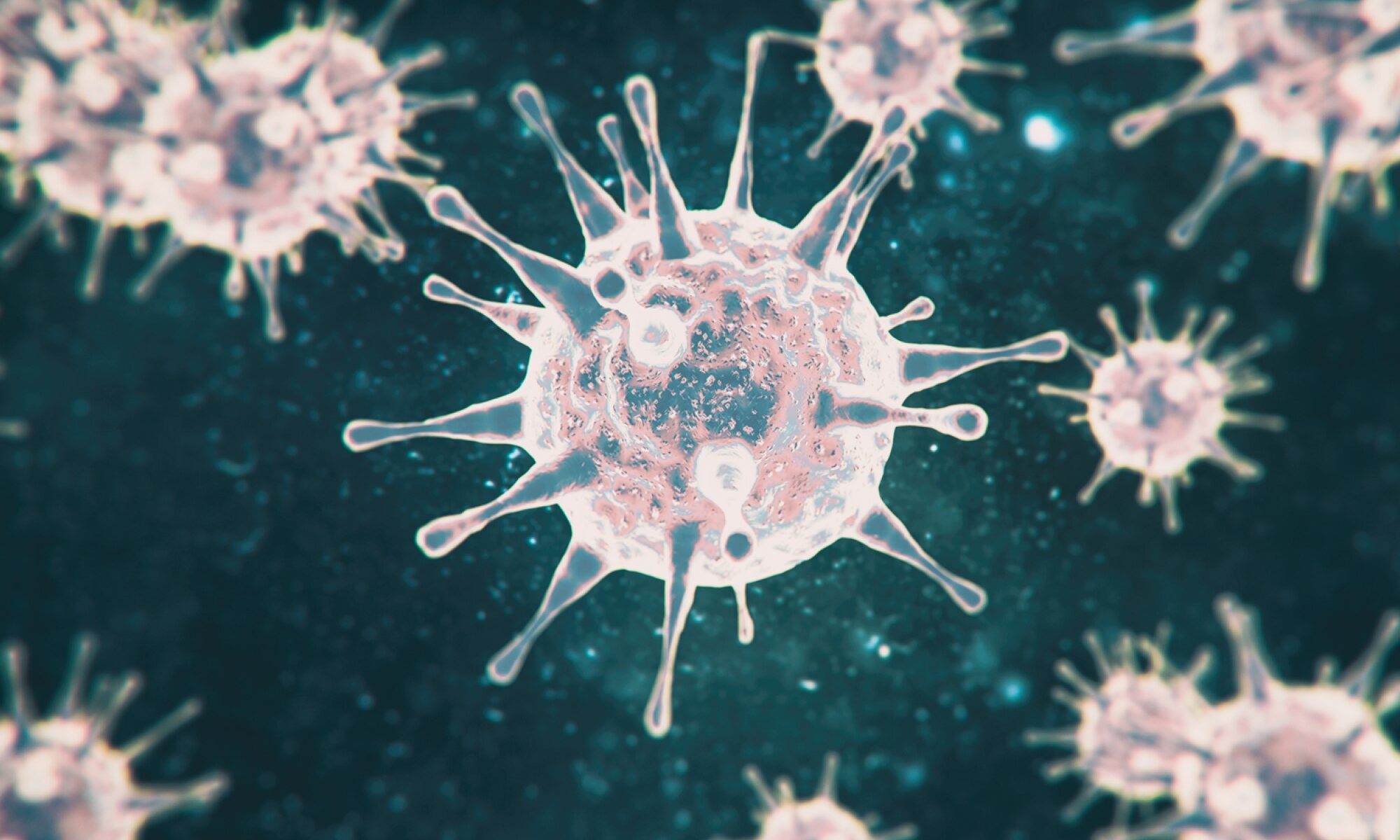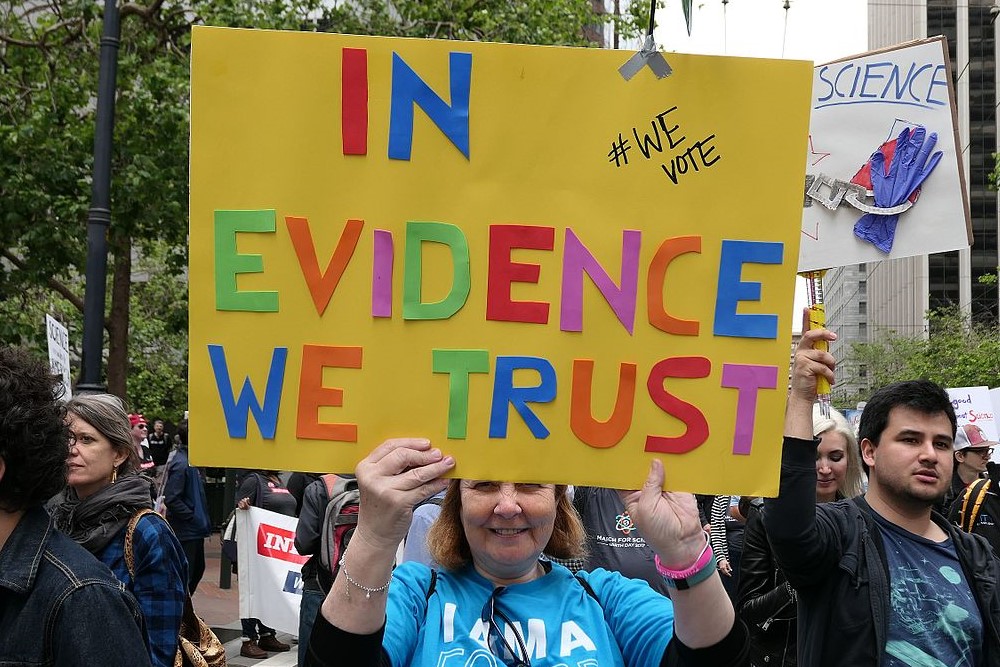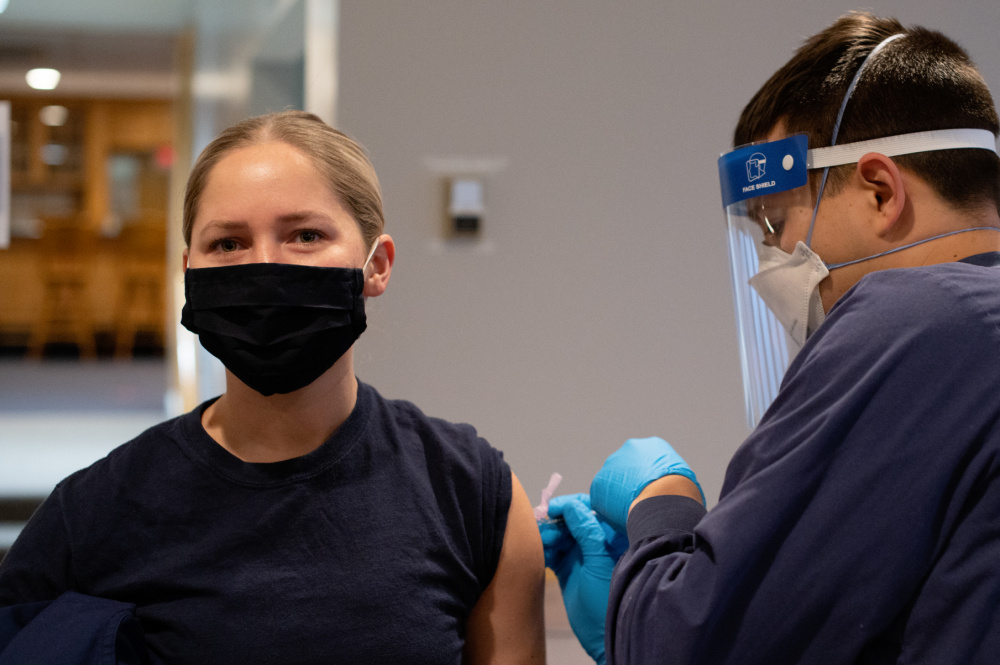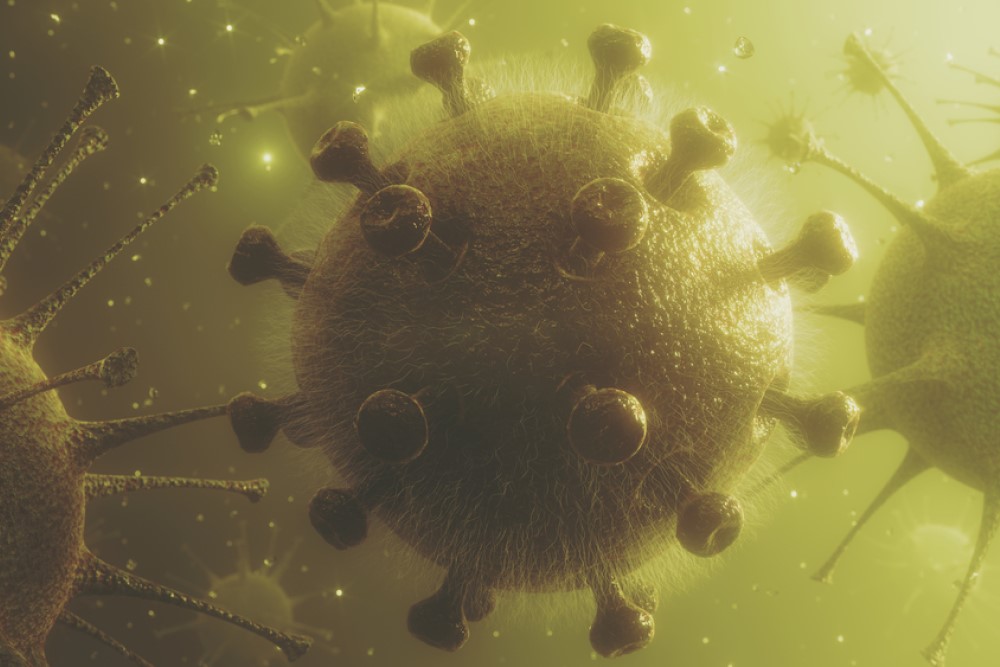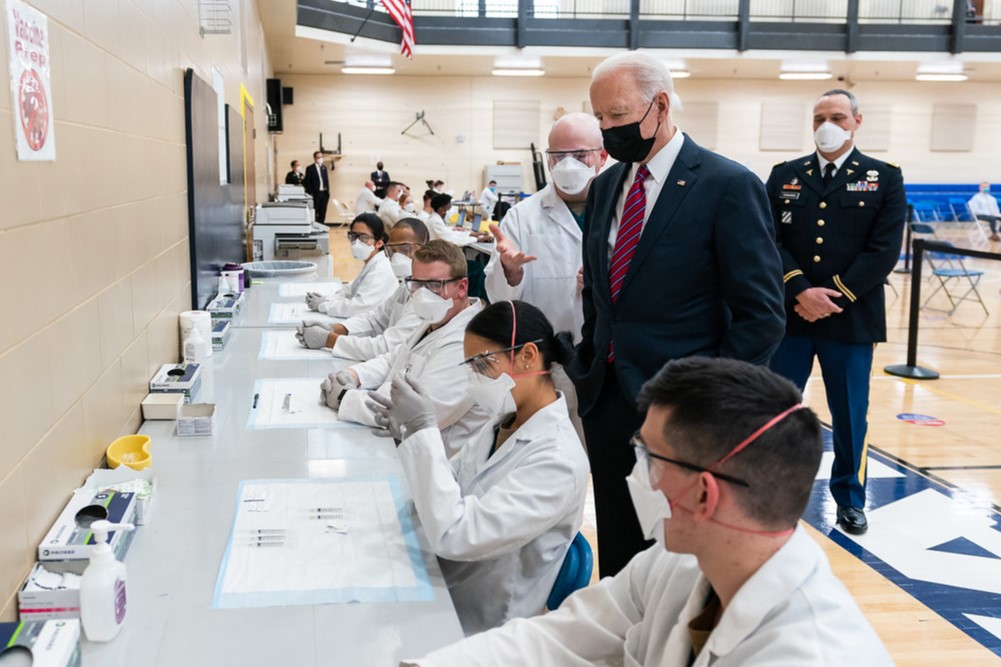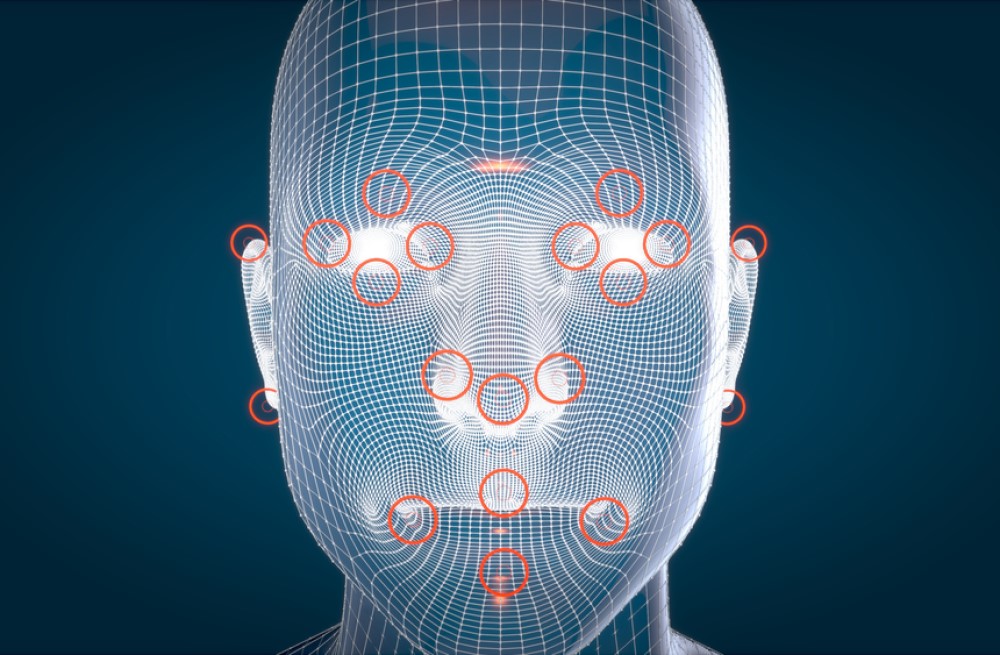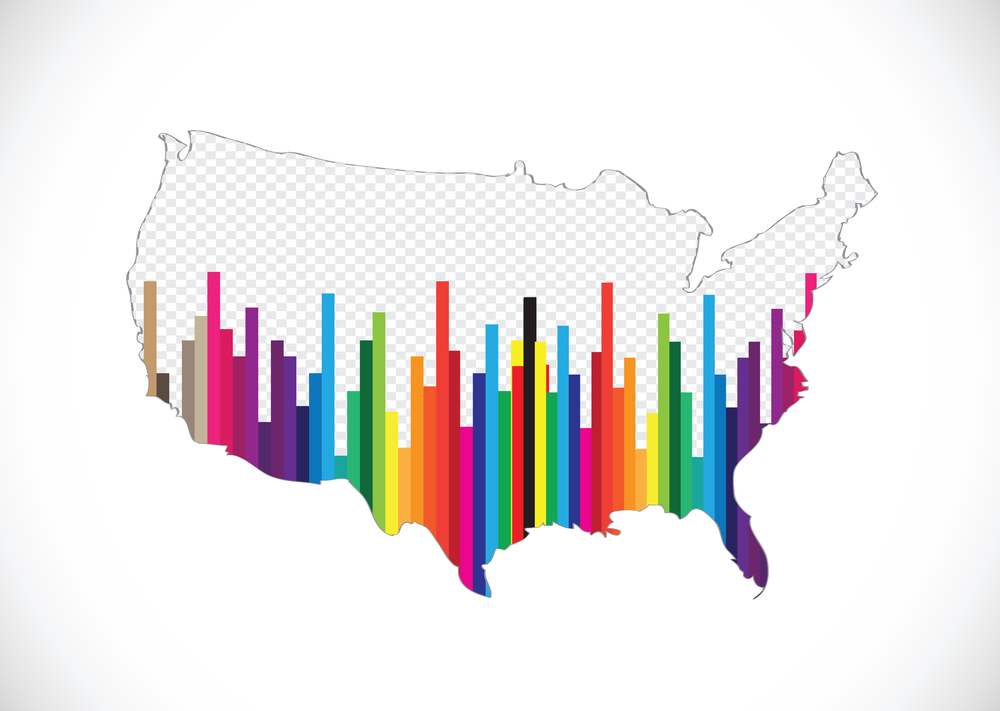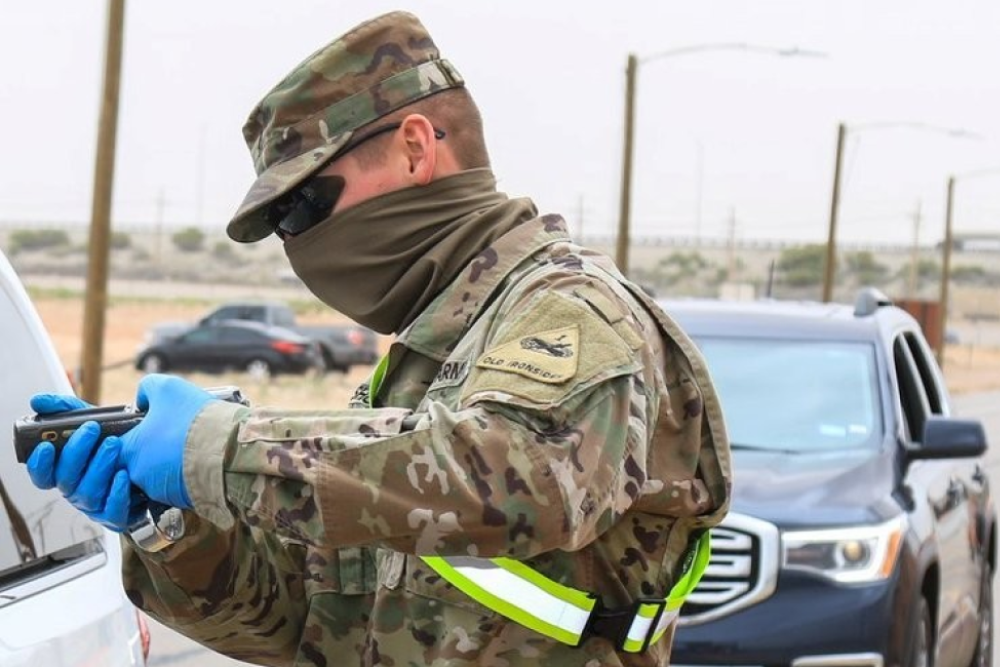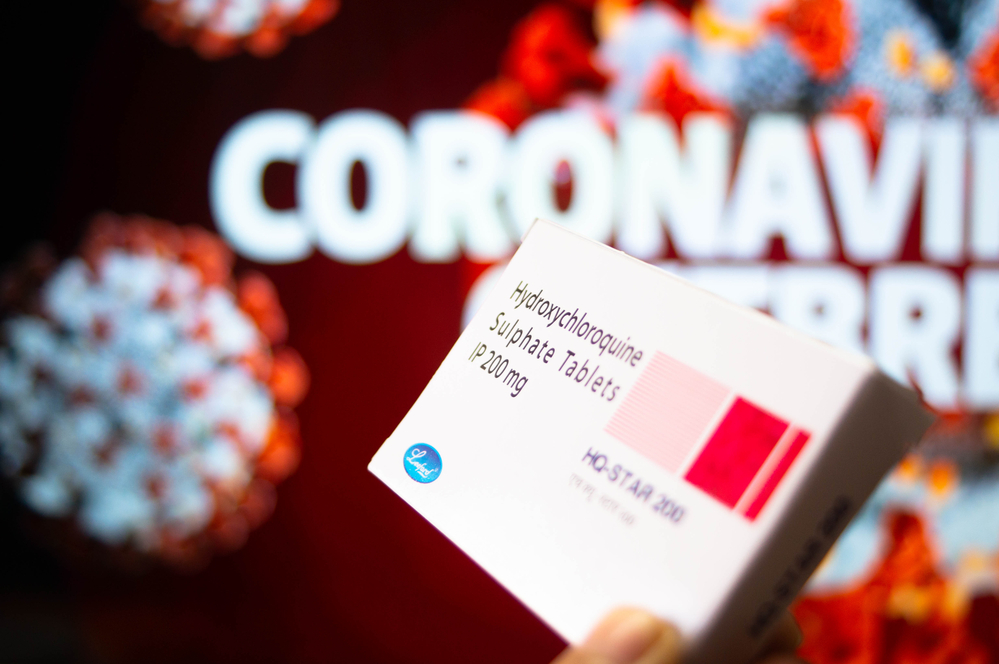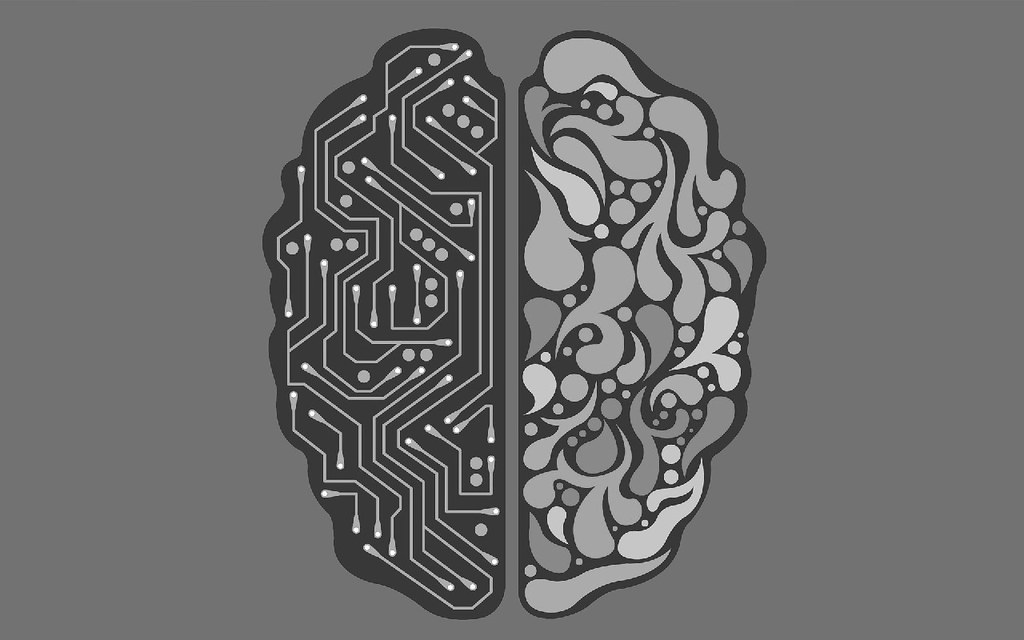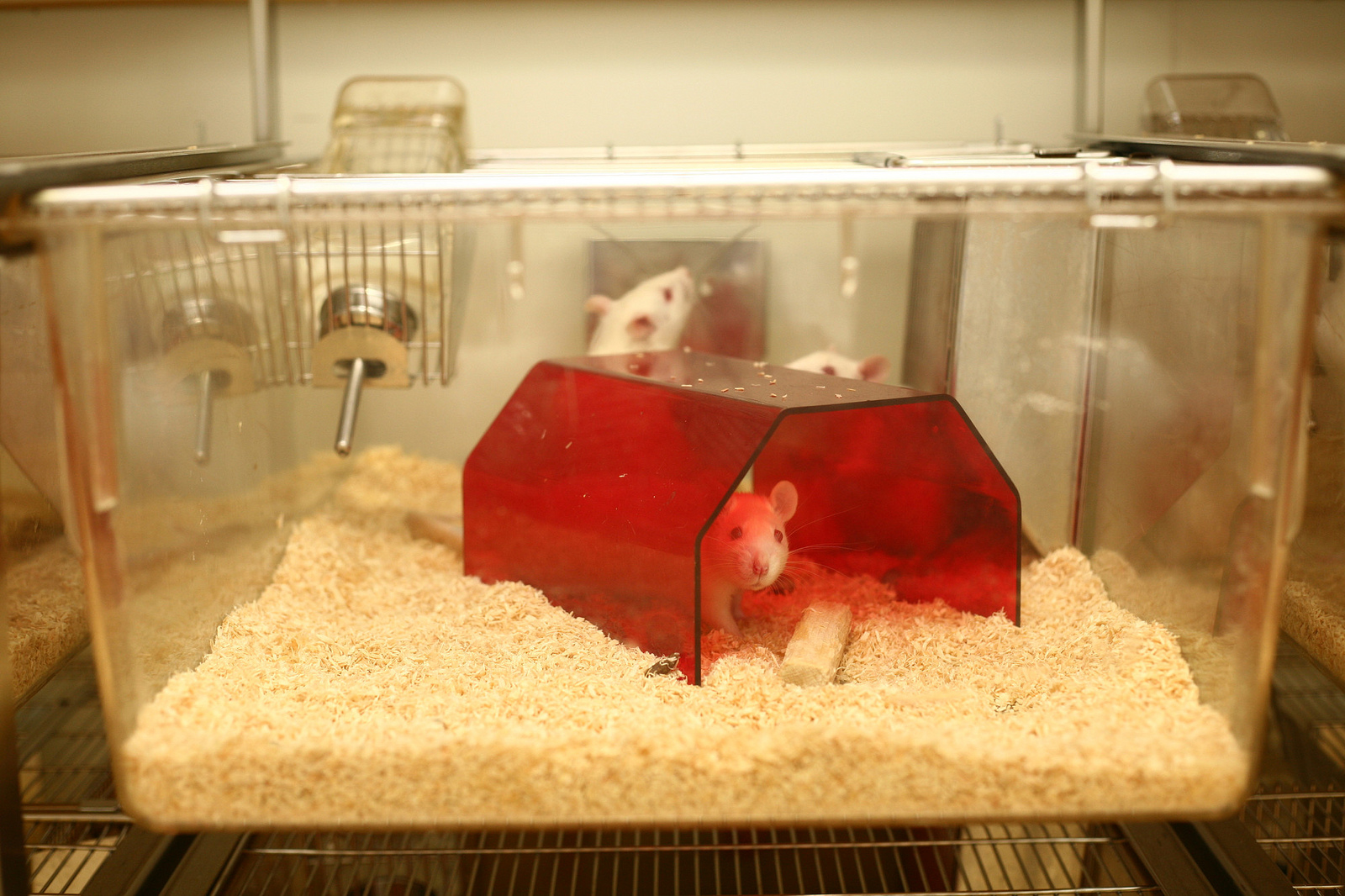Are you flourishing? According to the results of the Global Flourishing Study, if you’re a young person in a Western industrialized nation like the US then there’s a good chance you aren’t, at least in comparison to people of older generations or those in other countries. The study comes from Harvard’s Human Flourishing Program, and while 2025 marks the first year of the program it is already making headlines for its surprising conclusions about which populations are flourishing and which are not.
The Global Flourishing Study is not the only study that has recently painted a pessimistic picture of young Americans, with the most recent World Happiness Report showing happiness trending in the wrong direction, as well. It has also identified numerous responsible causes of declining happiness, including inequality and a lack of social services, people feeling disconnected from others, declining levels of trust, and, of course, excessive phone use. The Global Flourishing Study identifies some common factors that also stand in the way of flourishing, such as feelings of being disconnected from one’s community, but also identifies additional factors that are specific to flourishing, such as a lack of religious affiliation or sense of spirituality.
While the study itself does not explicitly provide any guidance about how one could increase one’s flourishing, this has not stopped commentators from offering their advice. Writing in The Atlantic, for example, Arthur Brooks argues that there are three things you can do to promote your own flourishing: prioritize close relationships with friends and family in face-to-face settings; work on your spirituality; and avoid the pursuit of material gains.
While different people will likely draw different conclusions from the study and commentary, we should take a minute to consider: can we really draw conclusions about our own flourishing from a global flourishing study? And should we be motivated by a pursuit of greater personal flourishing at all?
You might be wondering: what do we mean by “flourishing,” anyway? The Global Flourishing Study defines the concept in terms of six variables: happiness and life satisfaction, mental and physical health, meaning and purpose, character and virtue, close social relationships, and financial and material stability. To measure how much people are flourishing participants are asked to rate their satisfaction with and the quality of different aspects of their lives, which are then tallied and amalgamated into an overall flourishing score. While the researchers acknowledge that “flourishing” is somewhat nebulous and that no scale is perfect, they take the six dimensions to encompass some of the most important qualities that determine whether someone is doing well.
Participants were also asked a series of questions about their habits and experiences, including questions about their childhood, education, and attendance at religious services, among many others. It is the answers to these questions that potentially point to ways to increase our flourishing by identifying the actions or qualities that positively correlate with high levels of flourishing. Indeed, this is how Brooks identified religiosity as a factor that correlates particularly highly with high levels of flourishing, arguing that we ought to move away from being a “none” – Brooks’ (rather condescending) term for those who profess no religious affiliation.
Can we apply any general lessons from how other people flourish to our own lives? Consider Brooks’ advice again: if you’re religious you might find his recommendations comforting. If you aren’t religious – or have had negative experiences with organized religion – then it’s difficult to see how attempting to foster your relationship with religion would improve your flourishing. Of course, we might instead choose to draw some more general conclusions: instead of focusing specifically on attending more religious ceremonies or affiliating with a specific religion, we might say that people should spend more time working on the aspect of their lives that has to do with meaning and purpose. Indeed, this is Brooks’ recommendation for the non-religious among us, arguing that we should focus on finding meaning in our lives in some other way.
But now that the advice has become more abstract it’s either banal – “you should find more meaning in your life” is not exactly groundbreaking stuff – or vacuous – “to have a more meaningful life try finding more meaning in your life.” We also risk reasoning in a circle. After all, if we define your flourishing in part by how you feel about your meaning and purpose, then it’s just true by definition that improving your feelings about your meaning and purpose will increase your flourishing. We thus don’t have an independent reason to follow Brooks’ advice beyond his telling us that we should.
To illustrate why this is a problem, consider a new definition of flourishing partly defined by how much mini golf one plays: the more mini golf you play and the more you like it, the more you’re flourishing. Telling you that you ought to play more mini golf to increase your flourishing is thus good advice in a sense, but it’s only good advice because of the definition of flourishing we’re working with. If someone asked us why we’re so insistent that they play more mini golf and we respond, “That’s how you flourish,” they likely will not be motivated to pick up a putter.
We might also wonder whether the variables the researchers in the Global Flourishing Study have chosen are the right ones. Of course, the frequency and quality of mini golf playing probably shouldn’t be in our definition, and there is indeed something intuitive about the idea that a sense of meaning is important for one to flourish. But it’s not clear that the six variables listed above fully account for someone’s flourishing.
For example, something that we might think is missing is one’s epistemic state: in other words, how much one knows and whether one’s beliefs are true. For example, consider a person who is doing well financially, physically, spiritually, etc., but is massively deceived: maybe they’re in an isolated cult, or just wrong about basically everything. It is hard to see how such a person could be considered to be flourishing.
We can, of course, argue about and refine the definition of “flourishing.” However, given that we have chosen to think about flourishing in terms of a set of specific variables, we can also ask a more conceptual question: why should we try to flourish at all?
While it would sound strange to say that we don’t want to flourish, it’s also odd to say that I am doing something because I want to flourish. We can certainly be motivated by a desire to improve aspects that are part of flourishing: for example, I might enroll in a fitness class with the dual motivations of wanting to improve my health and relieving my guilt about never working out. The result may be that my flourishing increases. It would seem odd to say, though, that I am enrolling in a fitness class because I want to flourish. If flourishing really is just a measurement of a collection of different variables and nothing over and above the sum of its parts, then it’s not clear whether our level of overall flourishing should motivate us at all.
So where does this leave us? We might think of flourishing as an interesting overall measure of how well things are going for different people in different parts of the world. But whether we should take any advice about how to live our own lives by comparing ourselves to those who are flourishing is less clear, or at least less straightforward. While it is tempting to look for correlations between the actions of those who score high on a flourishing scale and draw recommendations from it, perhaps the most useful advice we can take from the Global Flourishing Study is that every so often we should introspect on what we think is going well in our lives and what could use some improvement.




